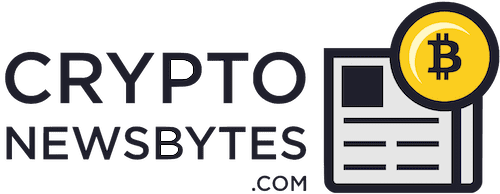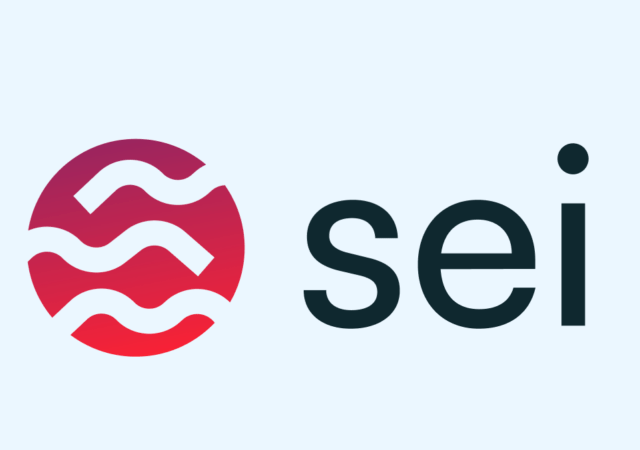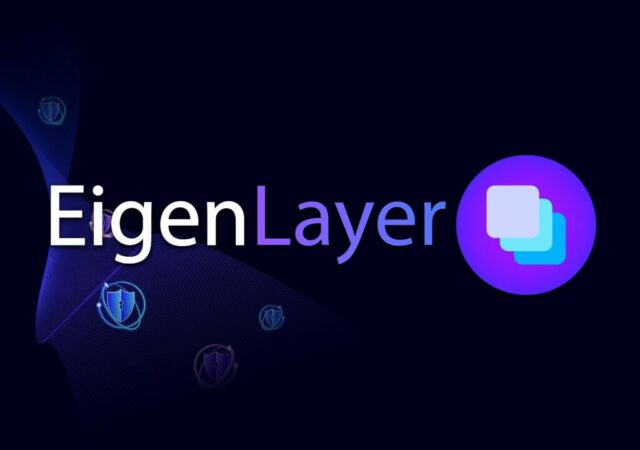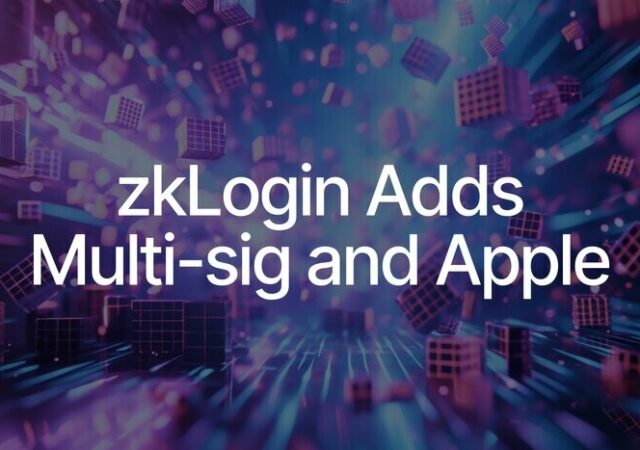- Sei’s Twin-Turbo consensus achieves finality in under 400 milliseconds, making it one of the fastest blockchains.
- It optimizes block processing and propagation, reducing block times and enhancing efficiency.
- Sei’s focus on speed and efficiency sets a new standard for transaction processing in the blockchain industry.
Sei’s blockchain is noted for its Twin-Turbo consensus mechanism, which achieves finality in under 400 milliseconds, enhancing responsiveness for applications. It optimizes transaction times through efficient block processing and propagation strategies, diverging from Ethereum’s model by using the Tendermint consensus to significantly reduce block times. Despite challenges in scaling due to increased communication complexity, Sei aims to provide fast and efficient blockchain experiences.
Unpacking Sei’s Twin-Turbo Consensus Mechanism
Understanding Sei’s Speed
Sei is often referred to as the quickest blockchain in terms of achieving consensus. This speed is attributed to what’s known as the Twin-Turbo consensus mechanism, which enables Sei to reach finality in less than 400 milliseconds. This rapid finality is crucial for delivering experiences similar to traditional web applications, a feat that has been challenging for other blockchains to match.
Key Optimizations for Speed
The process to make a blockchain the fastest involves many potential optimizations. The duration it takes for a transaction to become final, often referred to as “time to finality,” is typically the slowest phase in a transaction’s lifecycle on most blockchains. This period involves achieving consensus among a globally distributed network of validators. Sei Labs focused its efforts here, recognizing the opportunity for significant enhancements in speed and efficiency.
Transactions undergo several stages, including creation, mempool processing, block proposal, attestation and block building, and finally, block finalization. It’s in the consensus stage—particularly the attestation and block building phase—where Sei diverges from other blockchains like Ethereum, which can take 12 seconds for this phase alone.
Shifting from Ethereum’s Model
Sei opted for the Tendermint consensus mechanism, differing from Ethereum’s, and achieved a remarkable 6-second block time. Tendermint’s “single slot finality” means blocks are finalized immediately upon being added to the chain, eliminating the lengthy finalization time seen in other blockchains.
Through extensive performance testing and optimizations, Sei Labs enhanced Tendermint’s capabilities, reducing block time to under 400 milliseconds. This achievement significantly surpasses Ethereum’s finality speed, marking advancement in blockchain technology.
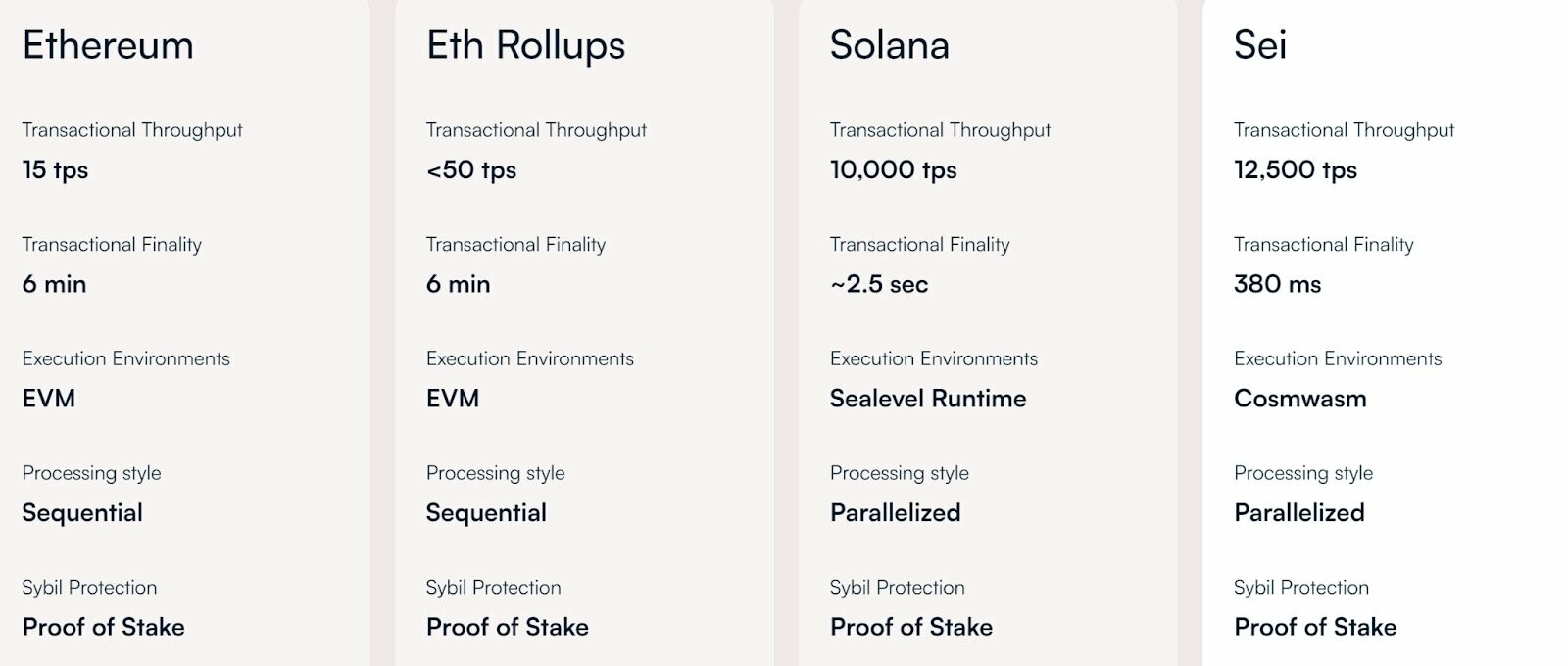
The Essence of Twin-Turbo Consensus
Twin-Turbo Consensus focuses on optimizing block propagation and processing, drastically cutting down the time to finality (TTF) to milliseconds. This reduction in TTF means transactions on Sei are almost instantaneous, akin to the immediate response experienced when using familiar web applications.
The mechanism incorporates two main optimizations: “optimistic block processing” and “intelligent block propagation,” which collectively enable rapid transaction processing during the consensus phase.
Technical Insights into Twin-Turbo Consensus
Tendermint’s consensus process starts with the creation and distribution of a block proposal. However, Sei’s approach reduces the redundancy and waiting time inherent in this process by employing intelligent block propagation and optimistic block processing strategies.
Intelligent Block Propagation
This optimization minimizes the delay in data transmission by sending a compact block proposal first, followed by the detailed block content. This method allows validators to reconstruct the full block more efficiently, enhancing throughput and reducing latency.
Optimistic Block Processing
Sei Labs also optimized the consensus steps to allow for simultaneous actions, thereby saving significant time. This approach allows for immediate processing of transactions upon receiving a valid block proposal, leveraging the predictable nature of block acceptance to speed up transaction processing while ensuring readiness for any block rejections.
The Trade-Offs
Achieving rapid finality comes with its trade-offs, such as quadratic communication complexity. This complexity increases with the number of validators, posing challenges in scaling the network. Sei plans to address these challenges through its decentralization efforts, ensuring network performance remains high.
Concluding Thoughts
Sei’s Twin-Turbo consensus marks a significant advancement in blockchain technology, setting a new benchmark for transaction processing speed. This mechanism not only speeds up the time to finality but also optimizes the blockchain lifecycle to maintain Sei’s leadership in offering fast, reliable, and user-friendly blockchain experiences.
Conclusion
In summary, Sei’s innovative Twin-Turbo consensus mechanism represents a pivotal development in the blockchain landscape, offering unmatched speed in achieving consensus and finality. By adopting and enhancing the Tendermint consensus and focusing on key optimizations in block processing and propagation, Sei significantly improves transaction times and efficiency. Despite facing scalability challenges, Sei’s approach demonstrates a commitment to pushing the boundaries of blockchain technology. This advancement not only enhances the user experience by providing nearly instantaneous transactions but also establishes a new standard for blockchain speed and reliability, positioning Sei as a leader in the quest for fast, efficient, and accessible blockchain solutions.
Disclaimer
The information provided in this article is for informational purposes only and should not be considered financial advice. The article does not offer sufficient information to make investment decisions, nor does it constitute an offer, recommendation, or solicitation to buy or sell any financial instrument. The content is opinion of the author and does not reflect any view or suggestion or any kind of advise from CryptoNewsBytes.com. The author declares he does not hold any of the above mentioned tokens or received any incentive from any company.
